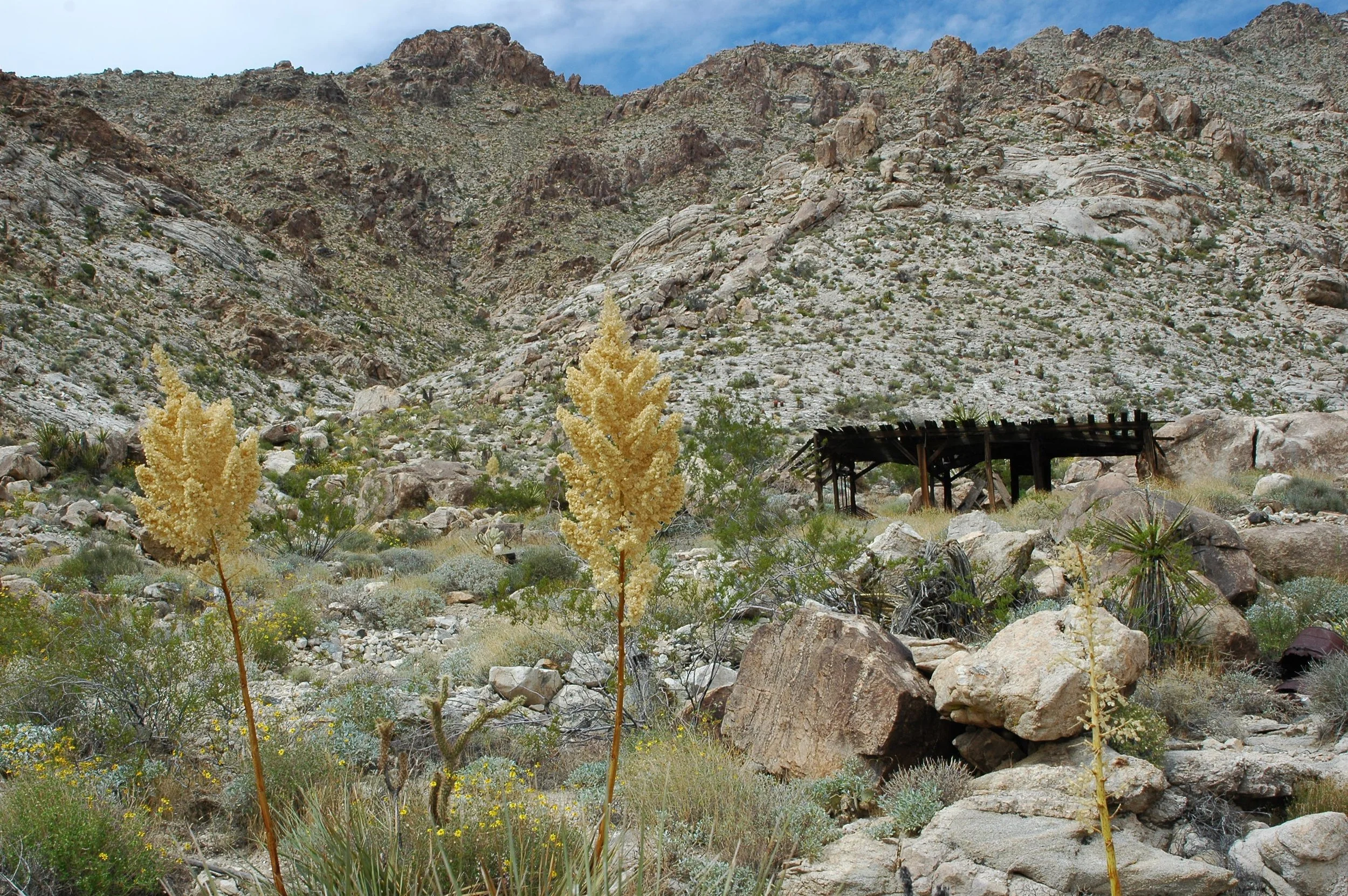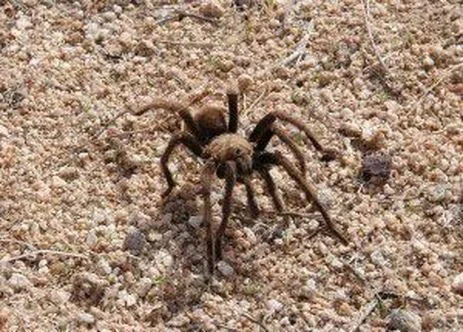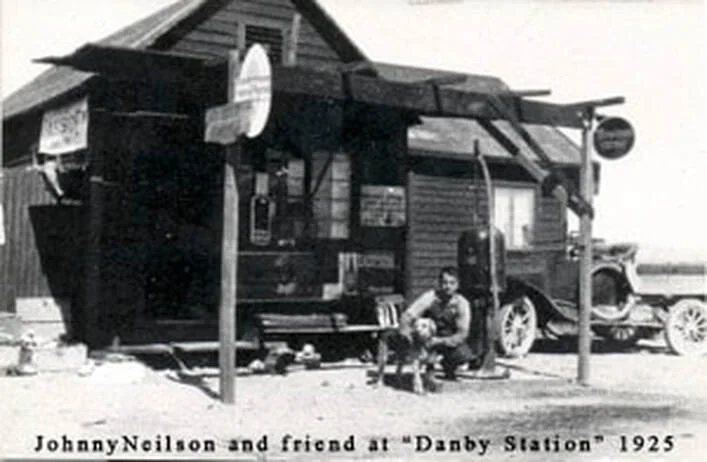
Blog
Read more about Joe's photos, book excerpts, articles, updates, & more!
Rattlesnake; Carbonate Gulch; Old Woman Mountains
In all of the years I have been traveling back roads in the desert I have only seen two rattlesnakes, one in Ward Valley, and this one in Carbonate Gulch.
The House on the Hill
From about 1962 to 1967 Helen Mae and Ervin Smith lived in a cabin made of railroad ties near the pass between the Piute Mountains and the Old Woman Mountains, near Weaver’s Well with their six children in what they referred to as “The House on the Hill”. During this time Ervin worked at the Mobil Station in Essex for Eunice Gallanari and Helen worked as a substitute postmaster for Rose Stringham at the Post Office in Fenner and also filled in at the Essex Post Office.
My Desert Tortoise Episode
One weekend while camped in the Mojave Desert at an abandoned mine on the side of a low hill – it was at one of my favorite spots because the tailings from the mine provide a nice flat space to park my Jeep and set up a tent. The mine faces east, is high enough on the hill to provide a nice view of the desert, and the morning sun strikes the camp early.
The Ludlow Cafe
The Ludlow Café, on the east end of Ludlow, California and facing old Route 66, has unfortunately finally succumbed.
Abandoned Miner's Cabins
One of the many abandoned and relatively undiscovered cabins in the Mojave Desert. This one was constructed using railroad ties and is well over 100 years old.
The Desert Inn Cafe & Hotel Ludlow, California
The Desert Inn Cafe and Hotel formerly stood on Main Street in Ludlow, California facing the railroad tracks that were on the opposite side of the street. The owner of the hotel, Yim Lee immigrated to Ludlow from China and is the man on the second story balcony wearing the dark pants. His wife Gin Shee Yim is on the far left. The man with his hands on his hips is not identified.
The Roadrunner’s Retreat near Chambless, California
The Roadrunner’s Retreat is a mile and a half west of Chambless and 10 miles east of Amboy, California on National Trails Highway, formerly Route 66. The business consisted of a restaurant and service station that was started by Roy and Helen Tull in the early 1960s.
Danby - a condensed history
As is the case with most of the former businesses on Old Route 66 through the Mojave Desert of California, today the small cluster of buildings that comprise Danby is just a remnant of what it once was.
Overlooking a dry wash
This cabin was one of several small cabins in the area that I discovered that overlooked a dry wash.
Clipper Mtns. cabin
When I first discovered this cabin in the late 1990s the roof was still relatively in tact, but it has since collapsed.
Mountain Spring Auto Camp
Mountain Spring Summit is at the intersection of I-40, National Trails Highway, and Mountain Springs Road, 24 miles west of Needles, California and 14 miles east of Essex.
Amboy School
The original school in Amboy was a wooden structure built by Santa Fe in 1903 close to the railroad tracks on the southwest side of town. It was a 2-room school with primary grades one through four in one room, and grades five through eight in the other.
Abandoned mine & cabin
As with most of these places, I do not have any information about who built this cabin. There was a propane-powered Servel refrigerator and a gas stove in the room that once served as the kitchen, but what was once a porch on the east side of the cabin has completely collapsed.
"Hank's Place", East Essex, California
About a half mile east of Essex, at the junction of National Trails Highway and Goffs road was the site of a Texaco service station that was commonly known as “Hank’s Place”, named for Hank (Henry Joseph) Cusson who wanted to get out of the San Diego construction business.




















